Elections
-
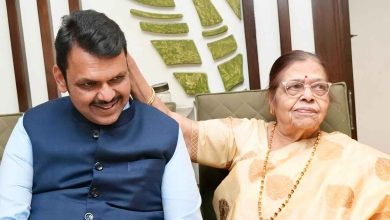
Devendra Fadnavis: A Visionary Leader Who Might Return as Maharashtra’s Chief Minister
In the world of politics, certain names stand out for their leadership, dedication, and deep-rooted connection with their people. One…
Read More » -
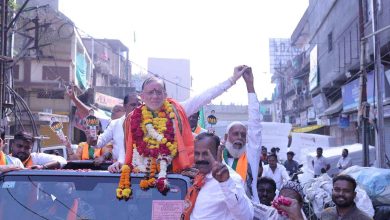
Krishna Khopde Wins Big in Nagpur East: A Record-Breaking Victory
The recently concluded assembly elections in Nagpur East witnessed a seismic political shift as BJP’s Krishna Khopde secured a historic…
Read More » -
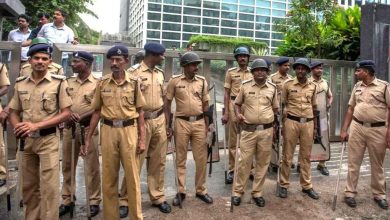
Security Tightened: Over 5,000 Cops Deployed Across Nagpur
Nagpur Election: In an effort to ensure free and fair elections, Nagpur police have implemented robust security measures, deploying over…
Read More » -
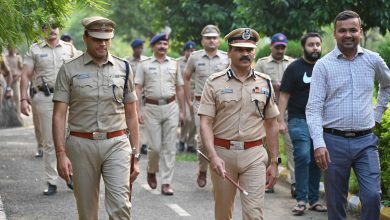
Nagpur Police Seizes Four Firearms in 24-Hour Pre-Poll Drive
Nagpur police: Nagpur’s pre-election anti-crime drive has made headlines with significant breakthroughs in curbing criminal activities. Over a span of…
Read More » -
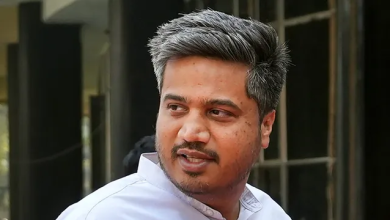
Rohit Pawar Calls for Change in East Nagpur and Bhandara: A Rallying Cry for Progress
A Demand for Change in Vidarbha In a passionate rally, MLA Rohit Pawar of the NCP-SP (Nationalist Congress Party-Secular Party)…
Read More » -

MVA’s Five Key Promises for Maharashtra Elections: Rs 3,000 for Women and Rs 4,000 for Unemployed Youth
MVA Guarantees Maharashtra Election | assembly elections 2024: The Maha Vikas Aghadi (MVA) coalition recently revealed a set of promises…
Read More » -

Maharashtra: Rahul Gandhi’s Nagpur Event Faces Backlash As Media Access Denied
Rahul Gandhi Nagpur Event: A fresh controversy is brewing in Maharashtra as Congress faces backlash over its decision to restrict…
Read More » -
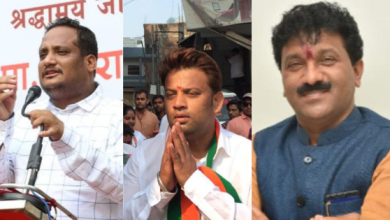
Nagpur Central, Umred: Shelke Declares Rs13L Assets
Bunty shelke | Pravin Datke | Raju Parwe | Nagpur: In the suspenseful buildup to the Maharashtra elections, the spotlight is…
Read More » -
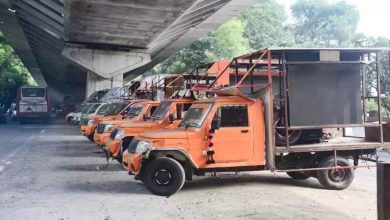
RTO Issues Permits to Over 80 Campaign Vehicles in Nagpur District
Campaign vehicle permits Nagpur: Election season in Nagpur is heating up! With the assembly election scheduled for November 20, the…
Read More » -
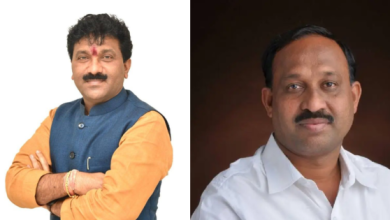
Umred Seat Controversy: Shiv Sena (Shinde) and BJP Clash Over Candidacy
Umred, Nagpur: Shiv Sena (Shinde) has firmly asserted its claim over the Umred assembly seat, stirring a political standoff with the…
Read More »

